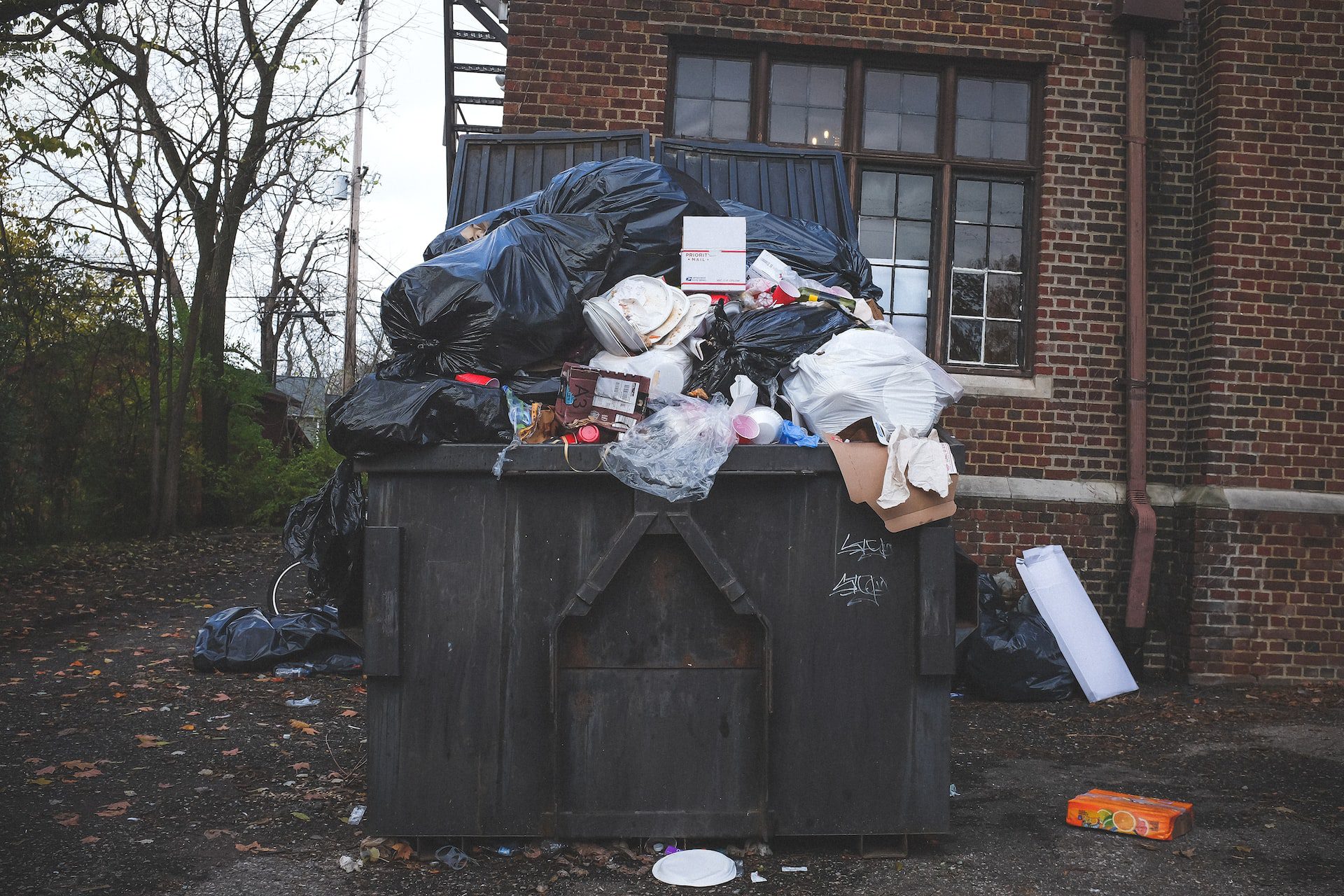If even just the images of stuffed turkeys, Christmas trees, dreidels, and New Year’s countdowns warm your heart in the cold of winter, you’re certainly not alone. Most people love the winter holidays: it’s often a much-needed time for family and friends, good food, and spiritual or cultural significance. But – let’s be honest, here – it’s often also a time of overindulgence and wastefulness, at least in higher-income countries and communities.
Official and unofficial holidays like Thanksgiving, Black Friday, Christmas, and the New Year are widely celebrated in the U.S. throughout November, December, and January, along with other religious and cultural holidays like Hanukkah, Diwali, and Kwanzaa. In addition to an abundance of cheer, having so many holidays around the same time likely means an abundance of meals, shopping, travel, and more.
Holiday Food Waste Increases Carbon Emissions
Food waste increases dramatically during the holiday season. In many cultures, eating together is an indispensably important social ritual, signifying the intentional laboring, care, and coming-together of people. Unfortunately, however, it often results in uneaten food, and food waste during the holidays is a big problem.

Thanksgiving, Americans’ favorite holiday, results in 172 million pounds of turkey wasted each year – plus 40 million pounds of mashed potatoes, 38 million pounds of stuffing, and millions of pounds more. 95% of Thanksgiving food waste goes to landfills, where it decays and produces greenhouse gases. That means that in one Thanksgiving, the U.S. creates carbon emissions equivalent to driving 1.1 billion miles.
Gift Waste Increases During the Holiday Season
Now, let’s take another immensely popular holiday: Christmas. According to a 2019 Gallup poll, 93% of people in the U.S. celebrate Christmas. On average, one American consumer expects to spend a whopping $886 on Christmas gifts each year, often taking advantage of Black Friday and Cyber Monday deals to do so. That’s a lot of gifts being purchased.
From an environmental perspective, this typically entails packaging waste from shopping bags, receipts, and shipment boxes, as well as gift wrapping waste. Many varieties of wrapping paper are difficult to recycle, further exacerbating environmental impacts. Gift wrap is usually thin and full of ink, so additional chemicals are needed to extract fibers for recycling. Meanwhile, wrapping paper with glitter or tape is not recyclable at all. And if glitter ends up in oceans and is consumed by marine animals, it can collect over time and become fatal.

Unfortunately, the Christmas gift waste doesn’t stop there. A 2017 article reported that $16 billion worth of holiday gifts end up in the trash after receipt. And stores don’t always have the capacity to deal with unsold merchandise, especially clothing, which is largely prone to obsolescence due to the ebb-and-flow of fashion trends. A significant portion of unsold holiday clothing inventory ends up in landfills.
Air Travel Pollution Produces a Large Carbon Footprint
During the holidays, gifts travel quite the distance to be produced and distributed, often crossing oceans before ending up in the recipients’ hands. So do humans. Driving oneself to shop or receiving packages from a delivery driver, as well as traveling to visit family or friends during the holidays, produces a large carbon footprint.
The airline industry is responsible for around 5% of global warming via CO2 emissions. That may not seem too significant – until we note that just 1% of the world’s population accounts for over 50% of global flying emissions. Cars are better than planes in terms of climate impact, but driving one mile still emits 404 grams of CO2, which comes out to about 4.6 metric tons each year.

Easy Ways to Reduce Your Environmental Impact During the Holidays
It’s true that the holidays can be environmentally costly, but we don’t want to be all doom-and-gloom here. We all deserve to enjoy them; rituals and joy are some of the greatest parts of being human! But, if possible, we do have the responsibility to try minimizing our impact. Luckily, there are many little things you can do that add up. Here are just a few suggestions to lower your holiday footprint:
1. Avoid flying when possible. Driving has a lower carbon footprint, especially if you carpool. Trains and other forms of mass transit are even better. And, if your schedule allows, travel off-peak so you’re not wasting time and gas while sitting in traffic. Efforts towards zero waste travel can have some of the largest impacts on your eco-footprint.
2. Don’t procrastinate on your shopping. When purchasing food, have a well-thought-out list of what you need and how much is appropriate for your party. For gifts and other goods, buy in-person or order early. Avoiding rush shipping is a good decision for the environment, your wallet, and your peace of mind!

3. Try thrifting or alternative gifts. Buying second-hand items or low waste gifts are a great way to save the energy and resources that go into creating a new product. Or think about gifting something immaterial, like e-cards, experiences, or donations to important causes. And consider zero waste gift wrapping by using the newspaper’s comics or decorating a paper grocery bag.
4. Eat more veggies. Meat and poultry have a higher footprint than plant-based foods. If so much turkey is wasted anyway – and if, like many others, you find it rather dry! – you may consider skipping buying a whole turkey and substitute other foods instead.
5. Be mindful of your water usage. Use one of many handy water footprint calculators to get a better sense of how much water goes into a holiday recipe, favorite product, or shower. Take those insights and try to reduce unnecessary use!
6. Reuse! Use reusable dishware and containers instead of disposables. Afterward, get creative reusing or repurposing your shipping boxes, gift wrap, leftover food, and more.
7. Decorate with LED lights. Light emitting diodes (LEDs) use up to 90% less energy and last up to 25 times longer than traditional bulbs. They’re more cost-effective as well, and just as festive.
So, there’s definitely no need to take down the Christmas tree or stop the New Year’s countdowns. Small reevaluations of your traditions go a long way! And if we missed a favorite environmentally-friendly practice of yours, let us know how you go about reducing your eco-footprint during this wonderful time of year.
Happy holidays to all!
Image credits: Trash bin (Kenny Eliason on Unsplash); Gift waste (ID 130309167 © Natalia Sokko | Dreamstime.com); Airplane (Documerica on Unsplash)




